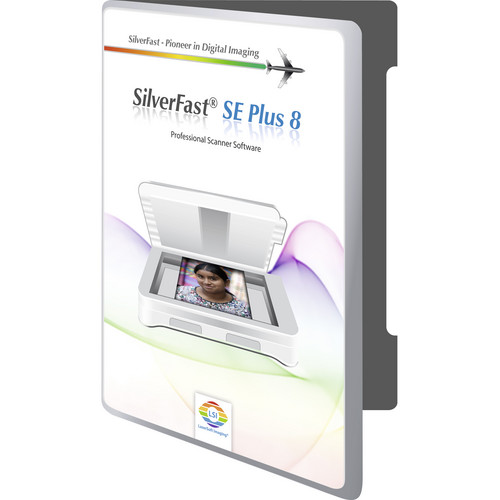

In conclusion, OpticFilm 8200i Series can automatically remove the dust and scratches from the scanned image.ĭust and scratches are removed during the scanning process eliminating the need for post-process removal of dust and scratches. Then the calculative dust and scratch removal takes effect, only where the infrared channel has detected any defects without losing any important details. The image is scanned two times - the first is the regular scan and the second is the additional infrared scan that captures defects like dust and scratches only. SilverFast iSRD utilizes this behavior as follows. Infrared light has a very wide wave-length, which allows it to pass through film emulsion of negatives and slides without resistance, as opposed to scratches and dust particles that reflect it. The OpticFilm 8200i scanner has an infrared channel that finds all the the dust and scratches on the film surface. see why over 10 million people have downloaded vuescan to get the most out of their scanner SilverFast is the standard for scanner software: Scans only one slide or frame of film at a time The Epson is very good for a flatbed that can handle 35mm and up, and of course the Nikons top size for scanning is 35mm Silverfast vs Vuescan Silverfast vs Vuescan.

When I first started using SilverFast I selected the following settings in the Preferences > General tab, and after arriving at the settings I liked, I saved the tool dialogs as a preset here.

The biggest benefit of using the filter as a Photoshop plugin instead of using it in the scanning software, is the ability to mask areas that contain false detections or areas with more detail that were falsely identified as defects. Scanning 120 Film with the CanonScan 9000F Mark II. Slides and negatives always have small dust particles and tiny scratches on them, even when handled very carefully. To compensate for this, SilverFast is offering the SRDx tool which is now available as a Photoshop plugin.


 0 kommentar(er)
0 kommentar(er)
